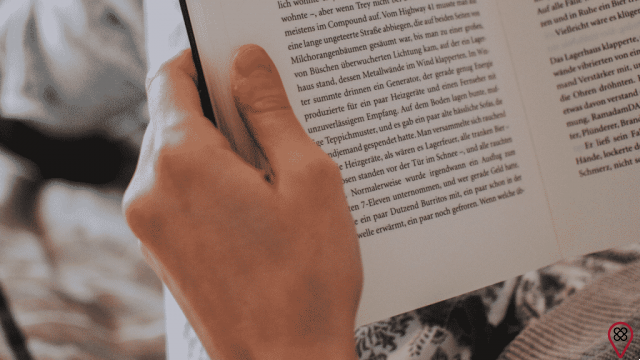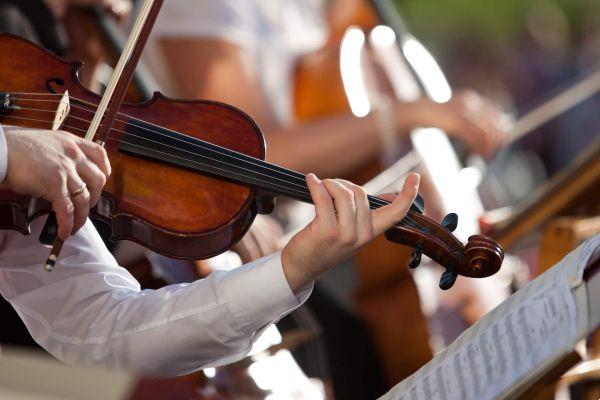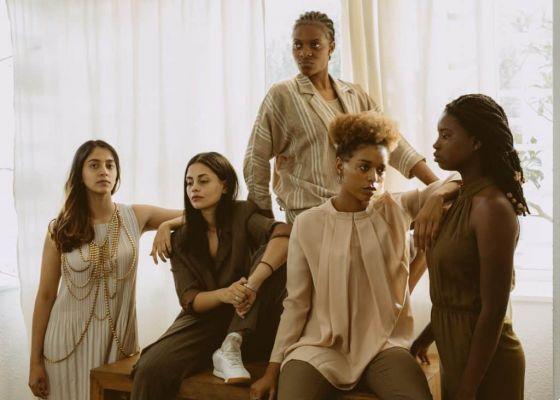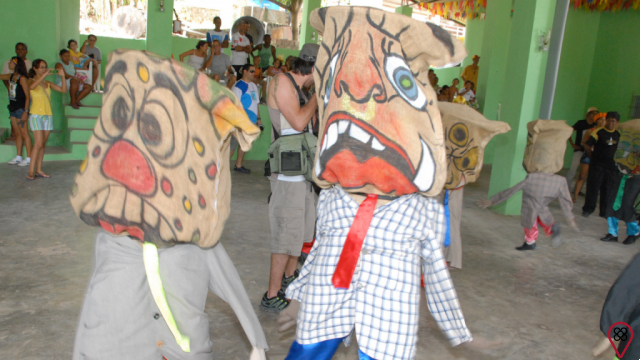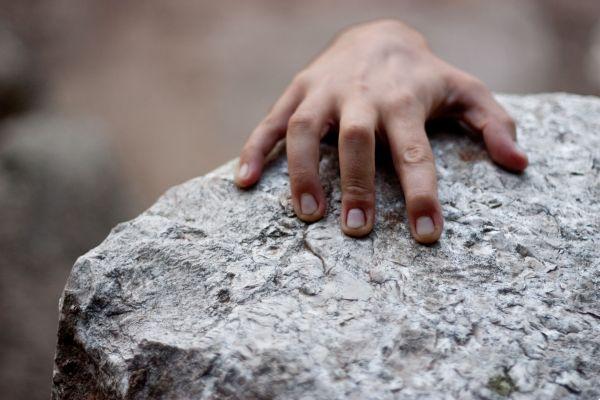In ancient societies, the woman was considered a sacred being, as she was given the privilege of reproducing the species. Man's role in reproduction was recognized much later; As technology advanced, male “cultural power” began to overwhelm female “biological power”. When men begin to dominate their biological reproductive function, they also begin to control female sexuality. The woman becomes the property of the man and her psychological submission continues to this day.
How to understand the role of witches throughout history? Before holding the power to communicate directly with Creation – and the first deities were female –, women were also being placed on the fringes of religious power.
The Christian Church had a long trajectory until it became the official religion of the empire, and it sought to consolidate this position by fighting any form that challenged the central power, in the figure of the pope. Religion and state unite, creating a series of norms and laws to maintain control of society. Ancestral beliefs and popular customs that were not in accordance with the established should be fought with full force. Thus, the prominent role of women in the communities had to be fought – after all, they were the ones who kept the secret of helping with childbirth, of avoiding unwanted pregnancies, of knowing when to plant, where to harvest and how to use the best plants for healing, etc.
The dominant thought becomes: to dominate nature itself. Sexuality and pleasure must be repressed, if necessary with violence. Love, integration with the environment and with one's own emotions are elements that destabilize the current order. That is why it is necessary to be careful in every way against the woman, who will be considered the “temptress”, the one who disturbs the man's relationship with transcendence and who causes conflicts between them. This is done by preventing her from interfering in decision-making processes, forcing her to introject an ideology that convinces her of her own “inferiority” in relation to man.
The propagated inferiority of women begins with the term itself: “femina” (Latin) comes from “fides” (“faith”, in Latin) and “minus” (“less”, in Latin). Thus, “feminine” is the one who has “less faith”, the one who is weaker than man in preserving belief, and this is due to her gullible nature. For theologians, because of the “insatiable” carnal desire of women, it was natural that there were more witches than wizards. It is estimated that 50% of the 25 victims of the Inquisition were men.

As popular healers, holders of ancestral knowledge passed from generation to generation, women were a threat to medical power – predominantly male (which emerged with the beginning of universities) – and to feudal power (as women actively participated in peasant revolts) .
The Christian religions (Roman Catholic and Protestant) contributed to the centralization of power, instituting ecclesiastical courts to eliminate those who judged heretics or witches. Already in the 5th century there were laws against the practice of witchcraft. But the period of greatest systematic persecution occurs from the end of the 14th century until the middle of the 18th century. In 1484, Pope Innocent VIII writes the “Bull of Witches”. Two German Dominican friars, J. Sprenger and H. Kramer, are appointed as inquisitors. In 1486/1487 these two friars wrote the famous “Hammer of Witches” or “Hammer of Witches” (“Malleus Maleficarum”, in Latin), which became a kind of manual for the inquisitors. The authors consider witchcraft something exclusively feminine – men could be magicians, in the sense of magicians; these would work with “forms of superstition”, not with harm.
Thus, women were stigmatized as a satanic instrument, exposed to persecution and punishment. The witch hunt served to eliminate pre-capitalist rural European beliefs and practices, which came to be seen as unproductive and potentially dangerous to the new economic order. A new social and ethical code was imposed and every source of power independent of the State and the Church became suspect.
You may also like
- Discover the Spiritual Side of Halloween
- Make a Ritual for Halloween
- Uncover witchcraft throughout world history
Persecution continues today, with murders committed under the allegation of witchcraft: in Tanzania, more than 5 women were murdered as witches. In 2016, in the Central African Republic, more than 100 were executed. In India, the elimination of alleged witches also occurs, as in Nepal, Papua New Guinea and Saudi Arabia. Unfortunately, even here in España we see the demonization and persecution of religions of African origin. And we cannot forget the case that occurred in Guarujá (São Paulo state), when a woman was mistaken for another who allegedly kidnapped children for magic rituals; after his lynching by about 100 people, it turned out that the story was made up.
All of these persecutions are rooted in the witch hunts of the past, justified by religion, power and misogyny. Being a witch has always been an act of resistance, a struggle to regain the freedom to exercise spirituality in a more natural and dogma-free way. So, on Halloween, we can reflect on what it really means to be a witch or wizard and how this story will be passed on to future generations.
References
“Hammer of the Witches” – https://pt.wikipedia.org/wiki/Malleus_Maleficarum
“Witch Hunt” – https://pt.wikipedia.org/wiki/Witch_Hunting
“The Hammer of Witches” – Edições Bertbolso – Introduction by Rose Marie Muraro
“Eunuchs for the Kingdom of God” – Uta Ranke-Heinemann – Editora Rosa dos Tempos, Rio de Janeiro
January, 2019
“Women and Witch Hunt” – Silvia Federici – Editora Boitempo, 2019
“Caliban and the Witch – Women, Body and Primitive Accumulation” – Editora Elefante, 2017



